Science 8 - Unit 6 - Astronomy and Space - Study Guide
1/31
There's no tags or description
Looks like no tags are added yet.
Name | Mastery | Learn | Test | Matching | Spaced |
|---|
No study sessions yet.
32 Terms
Rotation
How the earth spins on its axis.
Revolution
How the earth circles around the sun.
Summer Solstice
The longest day of the year, marking the beginning of summer.
Winter Solstice
The shortest day of the year, marking the beginning of winter.
Autumn Equinox
When day and night are approximately equal in length, marking the start of autumn.
Spring Equinox
When day and night are approximately equal in length, marking the start of spring.
Phases of the Moon
The distinct shapes of the moon as observed from Earth due to its position between the Earth and the Sun.
New Moon
The phase of the moon when it is not visible from Earth.
Full Moon
The phase of the moon when it is fully illuminated.
Waxing Crescent
The phase of the moon between the new moon and the first quarter.
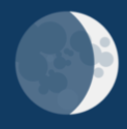
Waning Crescent
The phase of the moon between the last quarter and the new moon.
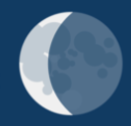
Lunar Eclipse
When the Earth positions itself between the sun and the moon, casting a shadow on the moon.
Solar Eclipse
When the moon positions itself between the sun and Earth, casting a shadow on Earth.
Planet
A celestial body that orbits the sun and has cleared its orbit of other debris.
Moon
A natural satellite that orbits a planet.
Gravity
The force that attracts two bodies towards each other.
Asteroid
A small rocky body orbiting the sun, typically found in the asteroid belt.
Comet
An icy body in space that, when close to the sun, warms and begins to release gases, forming a visible atmosphere or coma.
Trojan
A celestial body that shares an orbit with a larger planet, typically found at stable points in that orbit.
Reflective
The ability to reflect light; applicable to objects such as moons.
Waning Gibbous
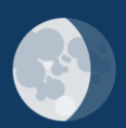
Waxing gibbous
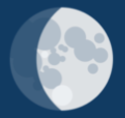
Third Quarter
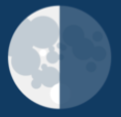
First Quarter
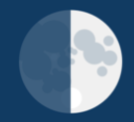
Geocentric
Earth being at the center of our universe/solar system
Heliocentric
The sun is the center of our solar system
Dwarf
Orbits the sun but does not have more mass than objects nearby
Comet
Made of gas, ice and dust
Meteroids
Debris left by colliding asteroids or dispersing comets
Asteroid
Millions of small dusty objects that orbit the sun
Planet
Must orbit the sun and have mass larger than the total mass of other objects
Earth’s magnetic field
Runs from the north to the south magnetic pole